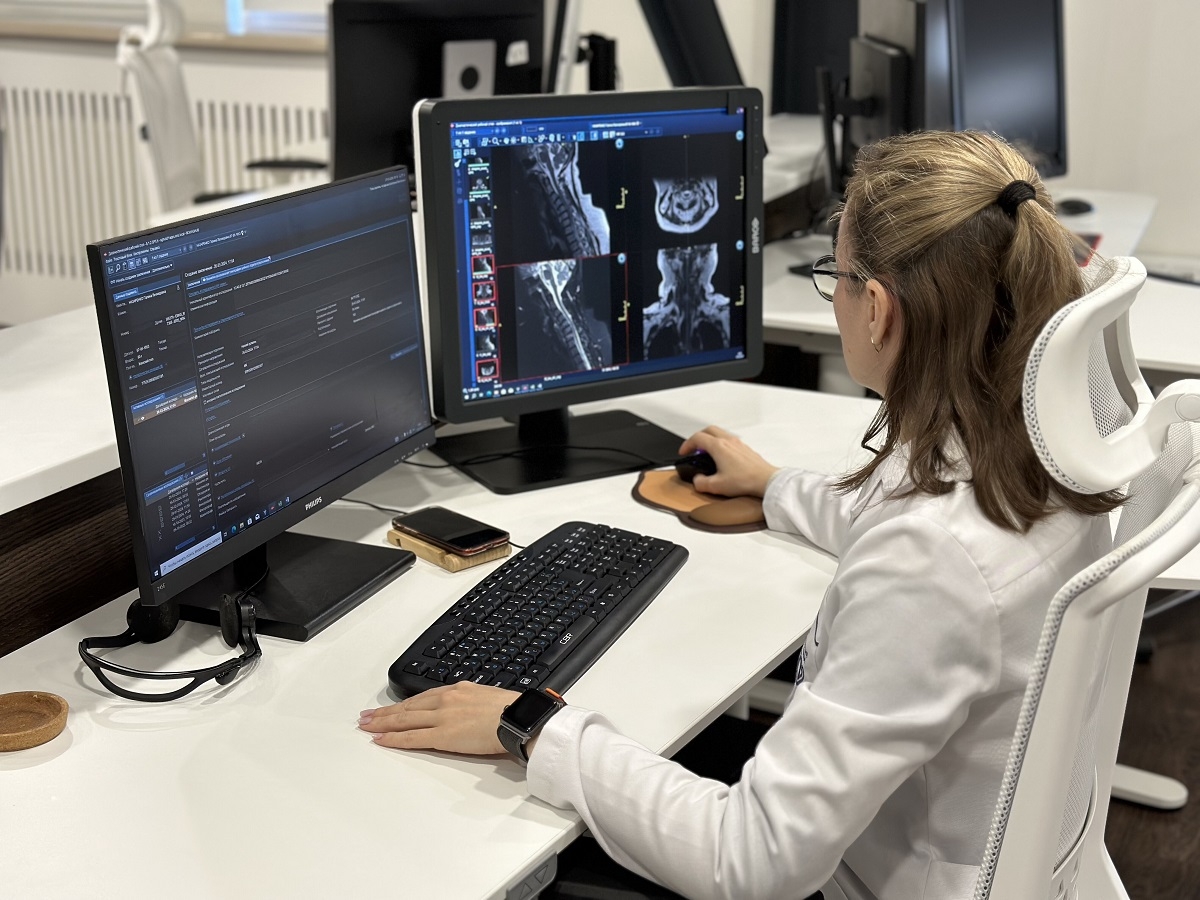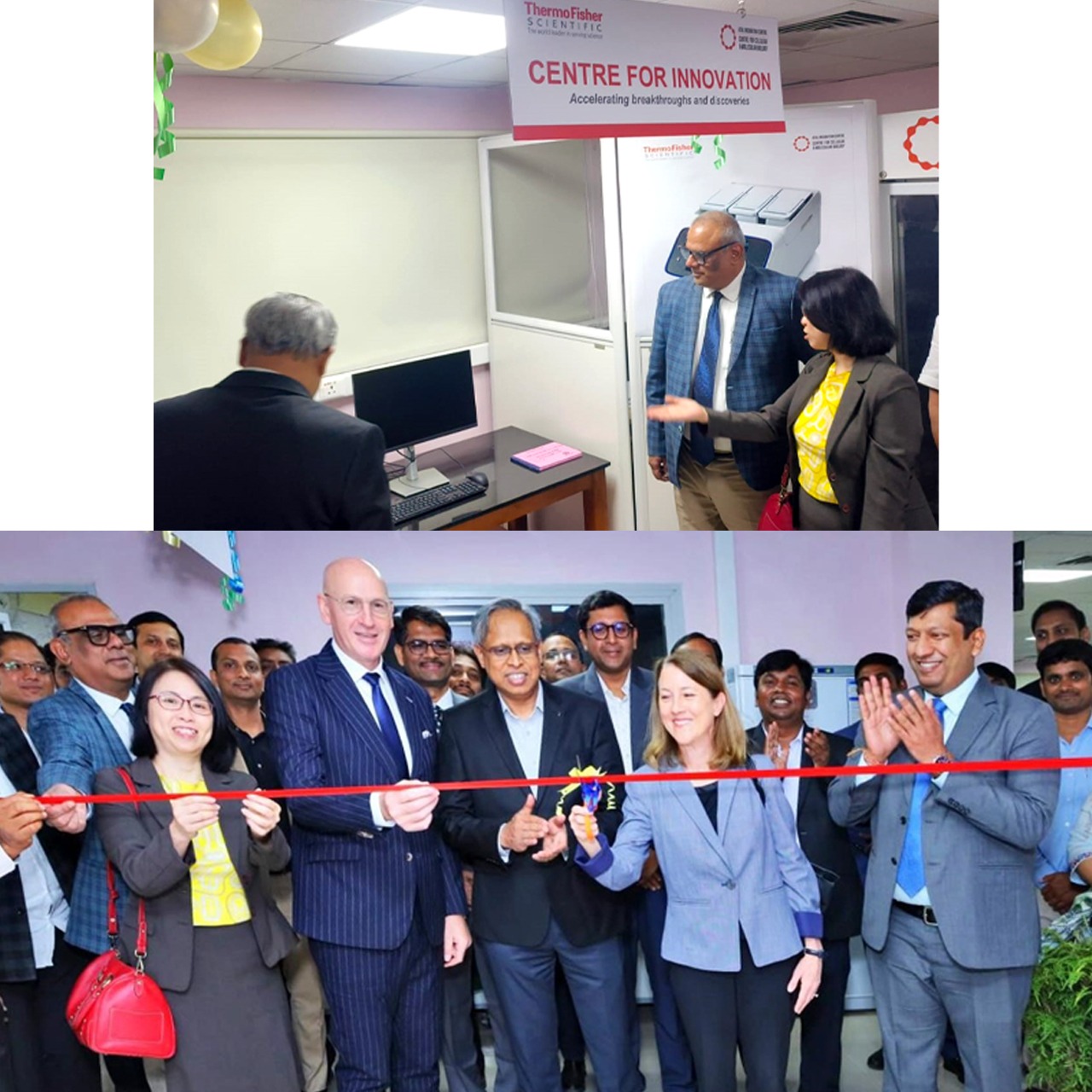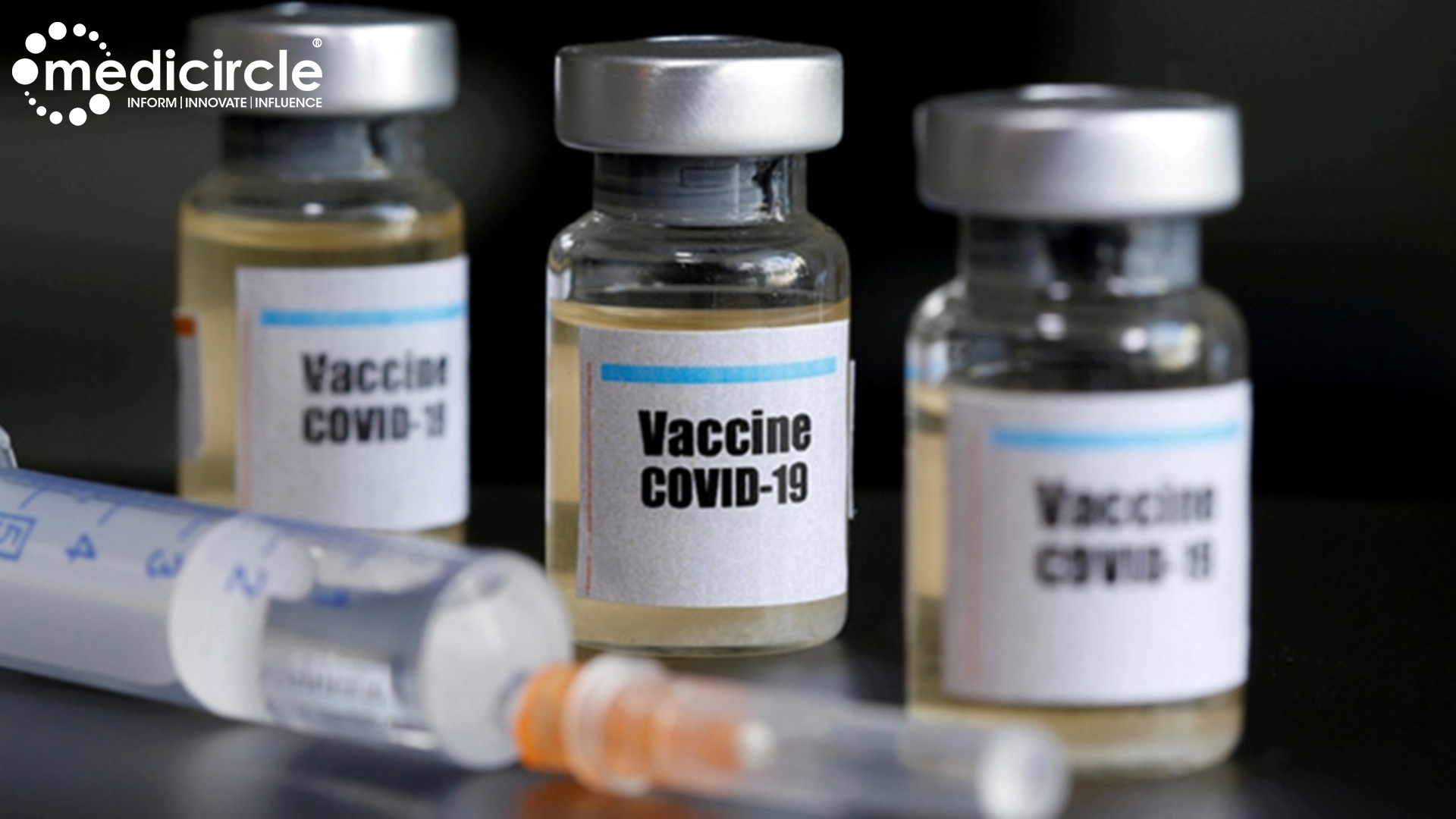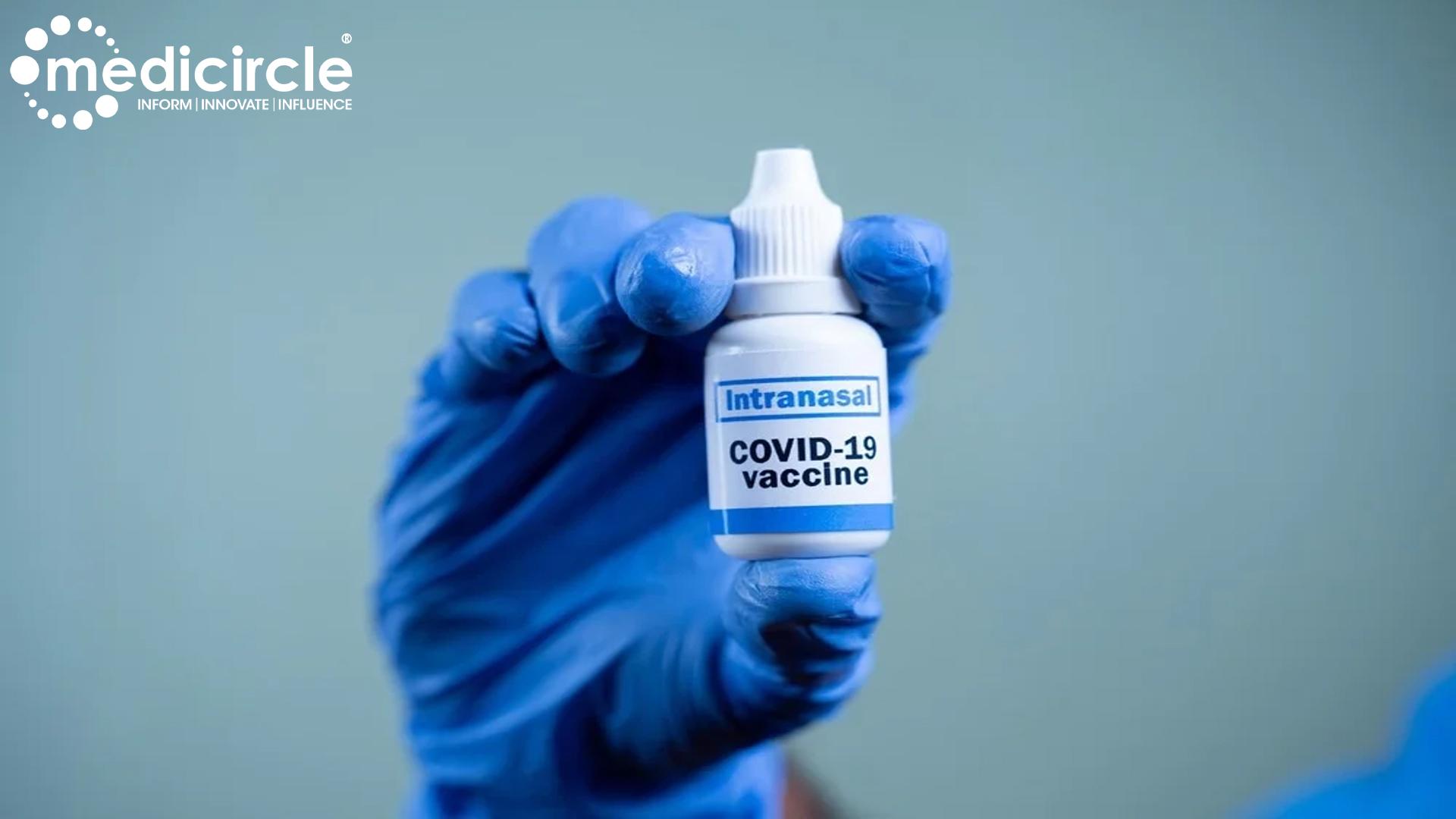China’s centralized and efficient command system formed a strong guarantee for the country to win the all-out people's war against COVID-19, according to a recently-released government white paper.
The document released on June 7 chronicled China's battle against COVID-19, detailing its painstaking yet effective efforts to control the outbreak domestically and its swift responses to contain the spread globally.
The coronavirus caught China unaware, the white paper noted, but the Chinese government acted swiftly to fight the virus and provide medical treatment for patients, prioritizing people's lives and health.
Since the first cases were detected in late December 2019, China has adopted thorough, rigorous and comprehensive prevention and control measures, as well as enforced quarantine and isolation, on a scale never seen before.
Medical resources have been mobilized across the country, and all those in need have been tested, quarantined, hospitalized or treated. With these measures in place, the country was able to contain the outbreak quickly and prevent a wider spread.
The white paper divides China's fight against the epidemic into five stages – "swift response" (December 27, 2019 to January 19, 2020), "initial containment" (January 20 to February 20), "single-digit increase in new domestic cases" (February 21 to March 17), "initial victory in a critical battle" (March 18 to April 28) and "epidemic control, new normal" (from April 29 onwards).
It took China more than three months to declare an initial victory in the COVID-19 battle, according to the white paper. This was possible as a result of the country's centralized and highly efficient command system, the white paper concluded.
Under the strong leadership of the CPC Central Committee with Xi Jinping at its core, central authorities exercise overall command while local authorities and all sectors follow the leadership and instructions of the central authorities, perform their respective duties and cooperate with each other.
President Xi assumed full command over the control efforts from the beginning of the outbreak. He chaired 14 meetings of the Standing Committee of the Political Bureau of the CPC Central Committee, four meetings of the Political Bureau, meetings of the Central Commission for Law-based Governance, Central Cyberspace Affairs Commission, Central Commission for Further Reform, and Central Commission for Foreign Affairs, and a meeting with prominent non-CPC figures. At these meetings, he heard briefings about epidemic prevention and control work and made decisions on overall plans for strengthening control efforts and international cooperation.
The president inspected community response and COVID-19 research in Beijing, and visited Wuhan to guide the frontline response. He has also inspected Zhejiang, Shaanxi, Shanxi and Gansu provinces, where he was briefed on progress in coordinating epidemic prevention and control with economic and social development, as well as in poverty alleviation.
Meanwhile, the central government coordinated the epidemic control work. Premier Li Keqiang, as head of the Central Leading Group for Novel Coronavirus Prevention and Control, chaired more than 30 meetings regarding COVID-19 control and economic resumption.
On January 7, Xi issued instructions on epidemic prevention and control work when he chaired a meeting of the Standing Committee of the Political Bureau of the CPC Central Committee.
On January 23, Wuhan, a megacity with a population of more than 10 million, was locked down in an unprecedented effort to contain the spread of the virus.
The central government mobilized medical experts and supplies as well as provisions for daily living needs such as food and energy to assist Wuhan and Hubei, and major public health emergency responses were activated across the country.
On January 25, the Standing Committee of the Political Bureau of the CPC Central Committee set up a central leading group on the epidemic, dispatched a central guiding team and demanded a State Council inter-agency task force play a full role in coordination.
The central leading group went to Wuhan to inspect and direct prevention and control of COVID-19 on January 27. Premier Li, who headed the leading group, also went to Wuhan to inspect the front lines.
In meetings with the CPC's senior leaders in early February, Xi called for measures to implement higher admission and treatment rates and lower infection and fatality rates. He also asked governments at all levels to implement targeted policies to contain the outbreak quickly.Official data showed that many provinces started to lower their major public health emergency response levels from February 21, indicating the COVID-19 outbreak was coming under control.
On March 11, daily new domestic cases fell to single digits for the first time on the Chinese mainland. A week later, the mainland reported no increase in domestic cases for the first time.As China declared an early victory in the containment of COVID-19 and normalized epidemic prevention and control, the CPC's top leadership made arrangements to steadily lift the travel restrictions and open up economic activity.
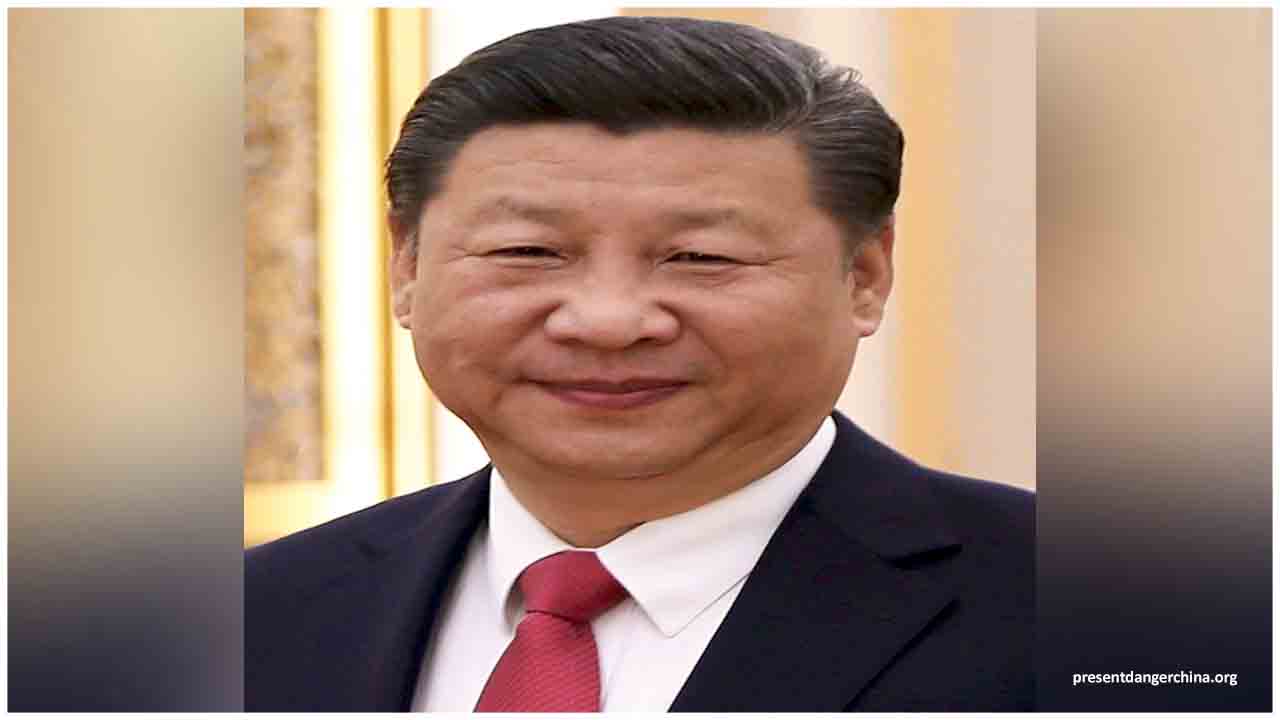
 Chinese white paper claims top down model helped in victory over the Coronavirus
Chinese white paper claims top down model helped in victory over the Coronavirus














